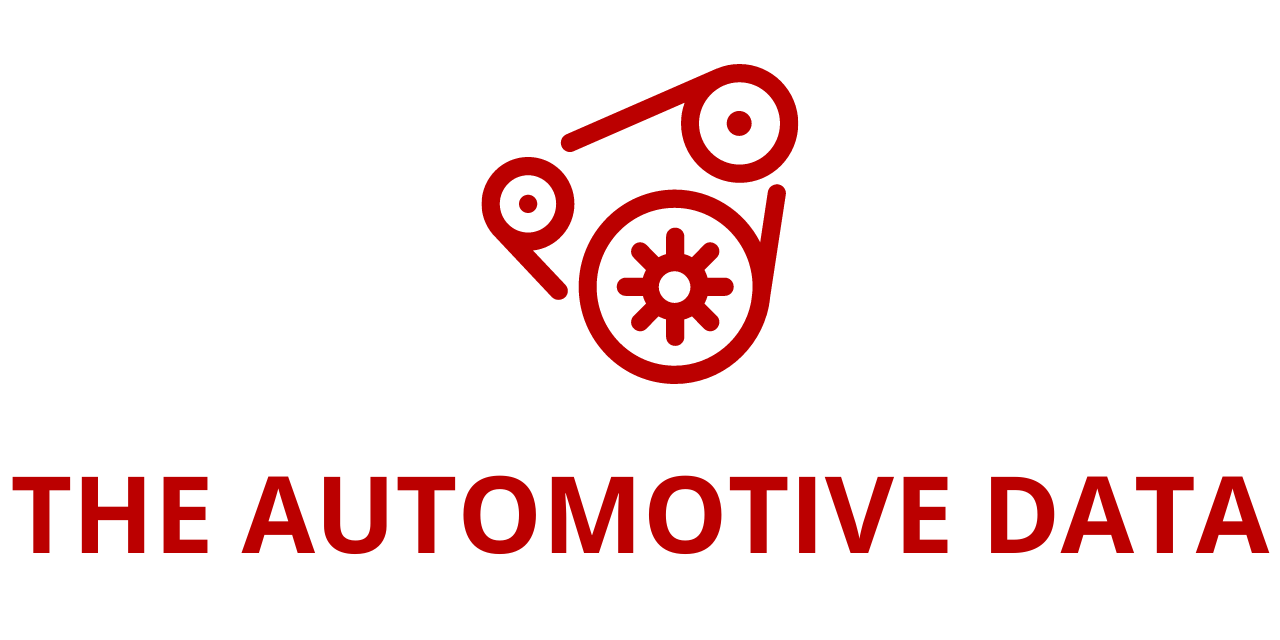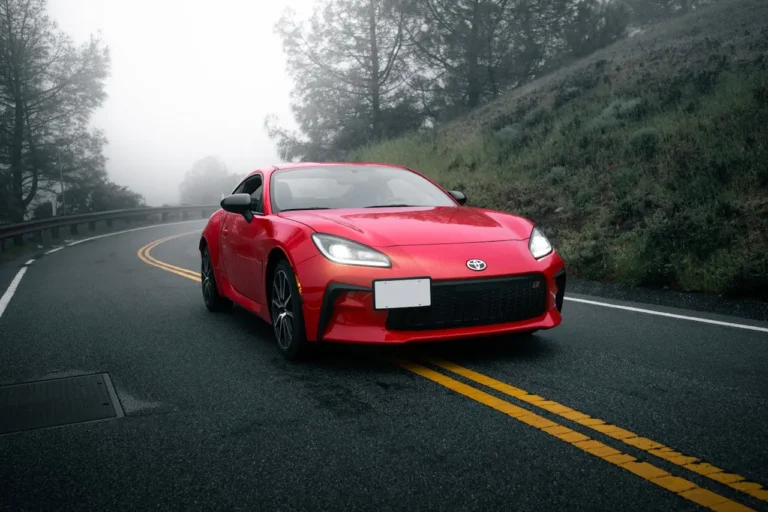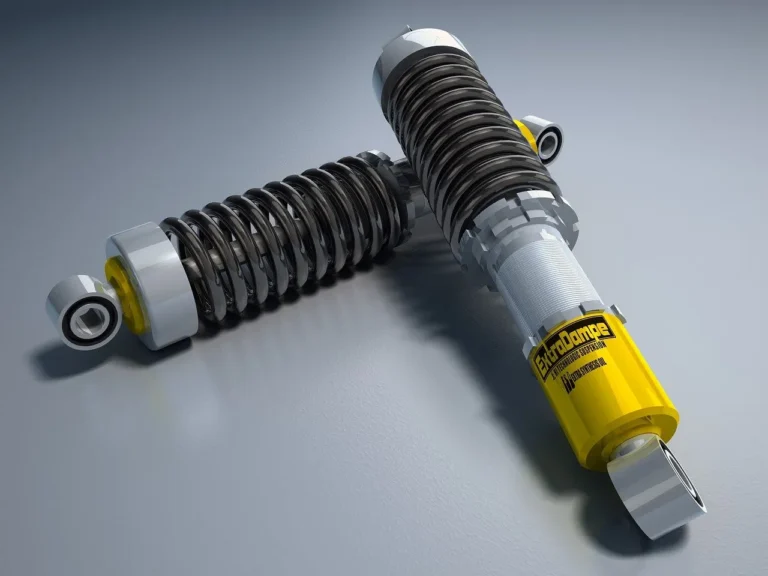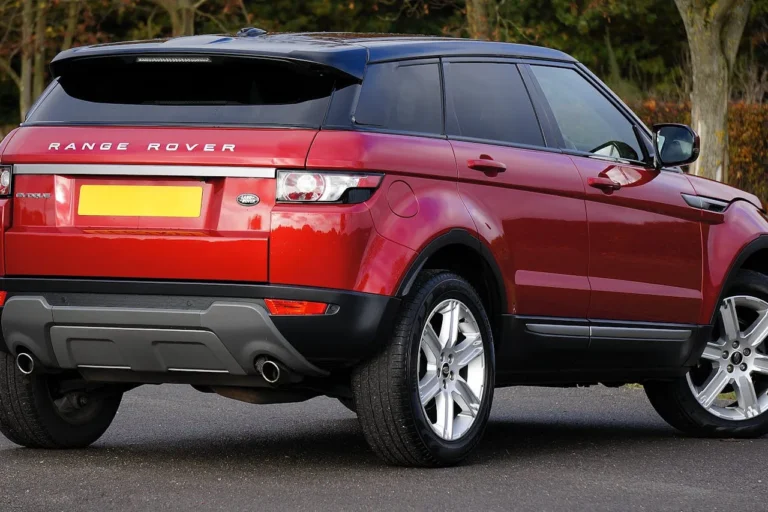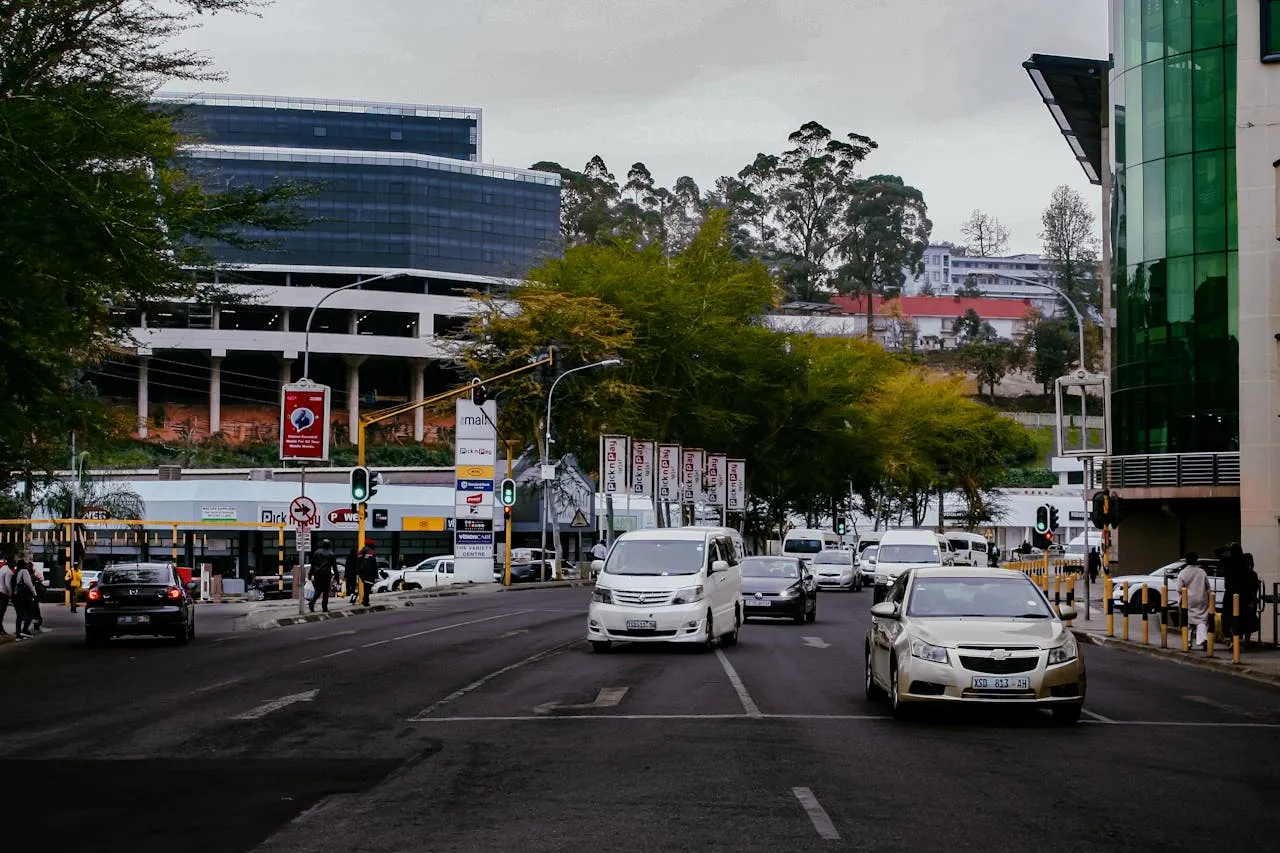
China’s Vehicle-Road-Cloud Integration Accelerates as C-V2X Shifts from R16 to R17, Powering High-Level Autonomous Driving
China’s rapid transition toward connected and intelligent transportation is entering a critical phase as the nation pushes forward with vehicle-road-cloud integration and mass deployment of cellular vehicle-to-everything (C-V2X) technologies. According to the newly released Vehicle-road-cloud Integration and C-V2X Industry Research Report 2025, the country is moving from 5G-based R16 protocols to the more advanced R17 standard, laying the foundational communication layer required for high-level autonomous driving.
C-V2X Installations Approaching Breakout Growth
In 2024, over 500,000 passenger vehicles in China were equipped with factory-installed C-V2X modules—equivalent to an assembly rate of 2.21%. Analysts project that by 2028 installations will exceed 2 million units, with penetration surpassing 8%. Once pre-installation rates cross 10%, the industry is expected to enter a maturity phase, triggering large-scale commercialization of intelligent transportation applications.
The primary growth catalyst is the expansion of R17-based application scenarios. Compared to R16, R17 brings three major breakthroughs:
- Global Connection – enabling ubiquitous, seamless vehicle communication across terrestrial and satellite networks.
- Collaborative Perception – allowing vehicles to receive fused environmental data from nearby infrastructure and other vehicles.
- Safe and Controllable Architecture – introducing stronger deterministic latency, redundancy, and fail-safe mechanisms.
With emerging technologies such as RedCap (Reduced Capability 5G modules), NTN satellite networking, and MBS (Multicast-Broadcast Services) entering mass production as early as 2025, the next stage of intelligent mobility is being defined as “global intelligence.
Roadside Infrastructure Evolves Toward 6G
While vehicle-side connectivity advances, roadside infrastructure is undergoing its own transformation, progressively shifting from traditional 5G deployments to 5G-A (Advanced) and early-stage 6G architectures.
China’s Cooperative Vehicle-Infrastructure System (CVIS) relies on a dense network of cameras, radars, lidars, and perception fusion units deployed along highways and urban intersections. These devices collect 2D video streams and 3D point cloud data, which are processed at edge computing nodes to extract structured insights such as vehicle speed, hazard events, or obstacle recognition.
These structured insights are then converted into I2V (Infrastructure-to-Vehicle) messages, transmitted through either:
- PC5 direct sidelink connections via RSUs (Roadside Units), or
- Uu cellular uplinks via 4G/5G macro base stations.
As perception technology matures, hardware functions are consolidating. Traditional radar modules and standalone sensors are gradually being replaced by integrated communication-perception base stations, capable of both wireless links and sensing functions. This enables one network to support both connectivity and perception, reducing deployment costs while improving scalability.
Cloud Platforms Becoming the “Brain” of Smart Mobility
Beyond vehicles and roadside networks, cloud platforms are emerging as the central coordination layer.
Baidu Auto Cloud 3.0 is a representative example. Its heterogeneous computing architecture supports data fusion, traffic signal optimization, and centralized path planning. Importantly, it is built to support the compute-intensive workloads of end-to-end autonomous driving algorithms, including:
- Large-scale simulation data processing,
- Real-time decision routing, and
- Closed-loop training cycles with domestic chip compatibility, such as support for Kunlunxin P800 AI accelerators.
Similarly, ZTE, in partnership with China Mobile and Huawei, unveiled a “5G Integration of Communication, Perception, and Computing” architecture. This framework enables:
- Unified wireless interfaces, consolidating PC5 and Uu under 5G,
- Network-native perception, integrating sensing directly into base stations, and
- Hierarchical edge-cloud computing, allowing latency-critical tasks to run near the vehicle while large-scale analytics run in the cloud.
OEMs Accelerate C-V2X Deployment Strategies
China’s major automakers (OEMs) are transitioning from early warning-style V2X features—such as collision alerts or traffic light reminders—toward deeply integrated decision-making and control-level applications.
Different tiers of V2X-ADAS collaboration are taking shape:
| Collaboration Level | System Interaction | Examples |
|---|---|---|
| Prompt-Level | Independent warning display | Road hazard alerts |
| Early Warning-Level | Connected to vehicle decision layer | Speed limit enforcement |
| Control-Level Fusion | Integrated at perception + decision + control levels | Cooperative lane change, intersection coordination |
OEMs such as NIO, XPeng, FAW Hongqi, GAC Aion, SAIC, BMW, Mercedes-Benz, Volkswagen, and Ford have all deployed C-V2X-capable models, with domestic brands leading in deep integration.
Roadside Perception & Edge Computing: A Parallel Booming Market
The report also tracks the rapidly growing roadside perception and RSU market, covering:
- C-V2X module demand for infrastructure,
- Highway vs. urban roadside sensor deployments, and
- Shift toward “virtual RSUs” powered by cloud-native virtualization.
Key suppliers of roadside perception integration include Hikvision, VanJee Technology, Genvict Technologies, CiDi, Tianan Zhilian, and Gosuncn. These companies are entering long-term pilot programs across Zhejiang, Beijing, Jiangsu, and Shandong provinces.
Meanwhile, edge cloud platforms are converging with intelligent transportation. Operators such as Huawei Cloud, Alibaba Cloud, Tencent Cloud, and China Mobile are actively building regional edge nodes to host V2X low-latency services.
Chip & Module Suppliers Form the Backbone of the Ecosystem
The growth of C-V2X relies heavily on a robust semiconductor supply chain. The report identifies four major chipset vendors dominating the vehicle-side market:
- Qualcomm,
- NXP,
- Autotalks, and
- China’s CICTCI.
Module integrators such as Quectel, MeiG Smart, Neoway, and Sunsea AIoT are competing for design wins across OEM-installed T-Box units and aftermarket retrofits.
Outlook: Toward Global-Scale Intelligent Transportation
China’s vehicle-road-cloud integration strategy is now entering a synchronized upgrade cycle:
| Layer | Status | Key Transition |
|---|---|---|
| Vehicle-Side | R16 → R17 rollout accelerating | Collaborative perception modules shipping in 2025 |
| Roadside Infrastructure | 5G → 5G-A → Pre-6G | Unified perception-communication base stations |
| Cloud Layer | Edge-cloud collaboration scaling | AI-native control orchestration |
Once penetration surpasses 10%, China is expected to unlock large-scale fleet coordination scenarios, including:
- Cooperative lane merging,
- Platooning for logistics fleets,
- Autonomous urban shuttles, and
- AI-optimized citywide traffic scheduling.
In essence, C-V2X is no longer a supporting feature—it is becoming the operating system of future transportation.
As the report concludes, the R17 protocol is not just an upgrade—it is the communication foundation of full-scale autonomy. The era of isolated intelligent vehicles is ending, and the age of synchronized vehicle-road-cloud intelligence is beginning.
